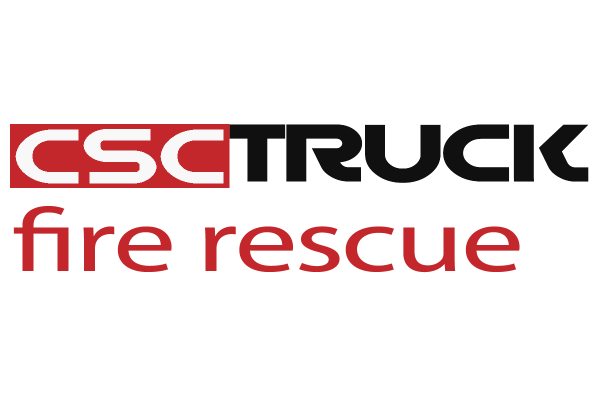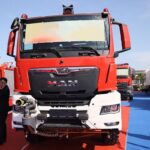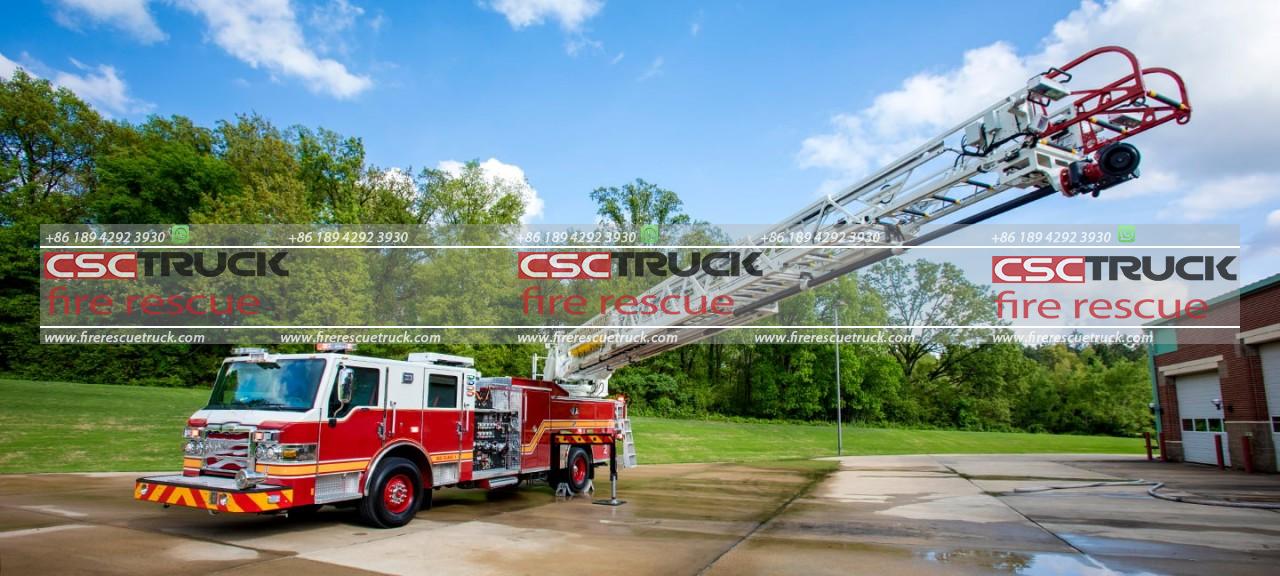Introduction
Aircraft Rescue and Firefighting (ARFF) trucks play a crucial role in ensuring the safety of passengers, crew, and airport infrastructure. Given the high risks associated with aviation emergencies, including fuel fires, aircraft crashes, and hazardous material spills, ARFF trucks are designed to respond rapidly and effectively. These specialized firefighting vehicles are engineered with cutting-edge technology, high-capacity fire suppression systems, and maneuverability to address emergencies on airfields. This article delves into the features, classifications, and operational importance of ARFF trucks, emphasizing their critical role in airport fire safety.
The Role of ARFF Trucks in Airport Fire Safety
ARFF trucks are the first line of defense in aviation-related emergencies. Their primary functions include:
- Rapid Response: ARFF trucks are designed to reach any point of the airfield within a few minutes to suppress fires and conduct rescue operations.
- Fire Suppression: Equipped with high-powered water cannons, foam systems, and dry chemical agents, ARFF trucks effectively extinguish jet fuel fires.
- Rescue Operations: ARFF trucks carry specialized tools for extricating passengers and crew members from wreckage.
- Hazardous Material Control: Airports handle various hazardous substances, making ARFF trucks essential for containment and mitigation.
- Evacuation Assistance: ARFF trucks assist in safely evacuating people from dangerous situations.
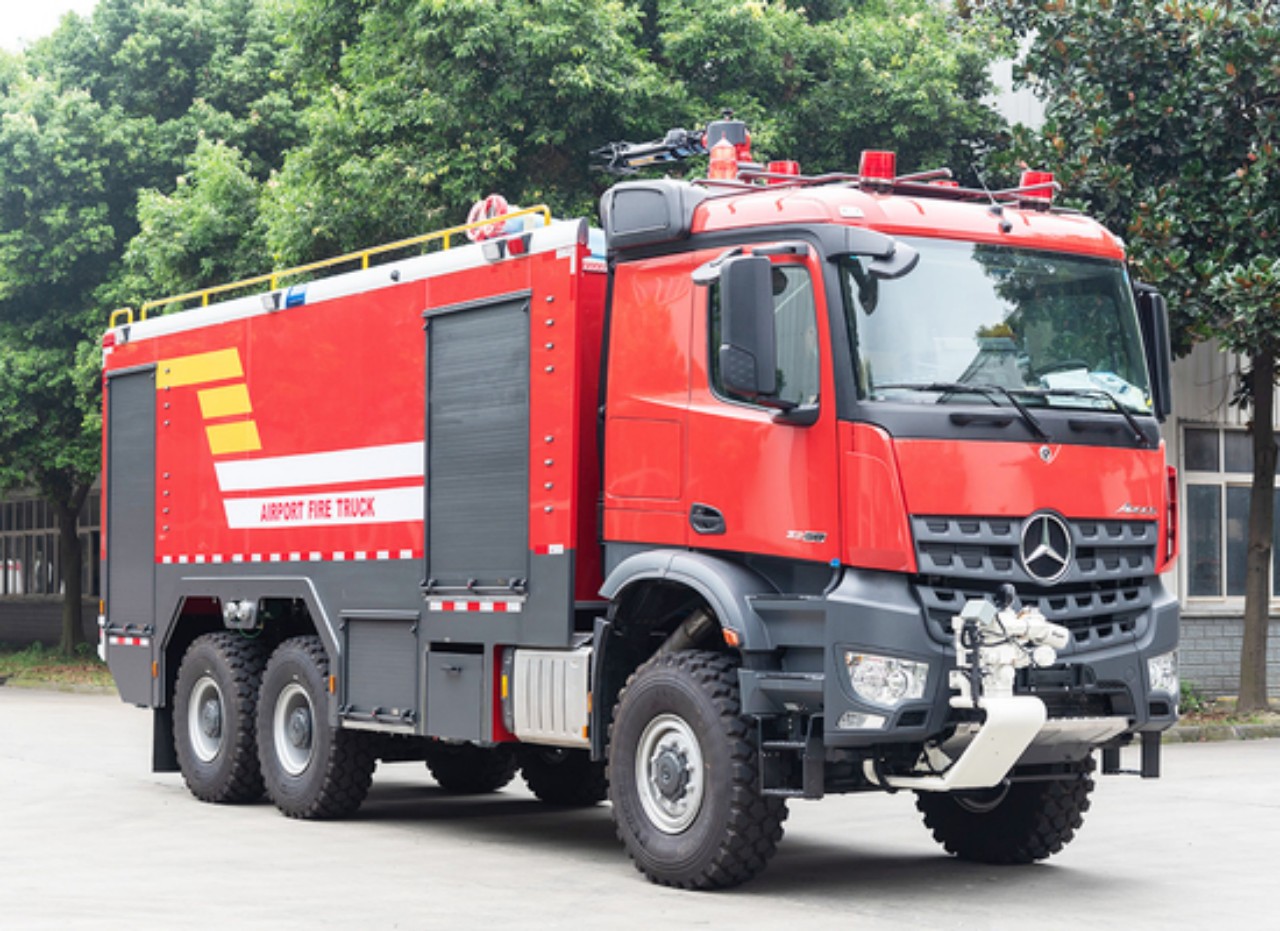
Design and Construction of ARFF Trucks
ARFF trucks are built with specialized features that enhance their performance in aviation firefighting scenarios. Their design considerations include:
1. Chassis and Mobility
ARFF trucks are built on high-performance chassis to navigate runways, taxiways, and off-road areas. They commonly feature all-wheel drive (4×4, 6×6, or 8×8 configurations) to handle uneven terrains. Their suspension systems allow smooth travel over obstacles, ensuring a swift response to emergencies.
2. Fire Suppression Systems
One of the most critical aspects of ARFF trucks is their fire suppression capabilities, which include:
- Water Tanks: ARFF trucks carry large water tanks, typically ranging from 1,500 to 4,500 gallons (5,700 to 17,000 liters), to sustain firefighting operations.
- Foam Systems: Class B foam is used to suppress flammable liquid fires, creating a cooling and oxygen-depleting blanket over burning fuel.
- Dry Chemical Agents: ARFF trucks carry potassium bicarbonate (Purple-K) or monoammonium phosphate for rapid fire knockdown.
- Halotron or CO₂ Systems: Some ARFF trucks are equipped with gaseous fire suppression agents to handle sensitive electrical fires.
- High-Pressure Nozzles: Roof and bumper-mounted turrets allow ARFF operators to spray water, foam, or chemicals with high precision.
3. Speed and Acceleration
Due to stringent airport safety requirements, ARFF trucks are engineered for rapid deployment. Many models feature high-performance diesel engines capable of accelerating from 0 to 50 mph (80 km/h) in under 25 seconds. Their high torque ensures effective movement, even when fully loaded with firefighting agents.
4. Cab Design and Ergonomics
ARFF truck cabs are designed for quick deployment, allowing firefighters to suit up while en route. Features include:
- Panoramic Windshields: Providing an unobstructed field of view for better situational awareness.
- Ergonomic Seating: Facilitating easy entry and exit for firefighters.
- Integrated Communication Systems: Allowing real-time coordination with airport emergency teams.
- Advanced Controls: Touchscreen panels for quick access to fire suppression systems and navigation tools.
5. Specialized Rescue Equipment
To aid in rescue operations, ARFF trucks are equipped with:
- Hydraulic Cutting Tools: For breaking through aircraft fuselage and wreckage.
- Ladders and Ropes: Enabling access to aircraft doors and emergency exits.
- Thermal Imaging Cameras: Detecting heat sources and trapped individuals inside smoke-filled environments.
- Medical Equipment: First-aid supplies and stretchers for immediate medical response.
Classification of ARFF Trucks
The International Civil Aviation Organization (ICAO) and the National Fire Protection Association (NFPA) classify ARFF trucks based on their size, water capacity, and operational capabilities:
1. Rapid Intervention Vehicles (RIVs)
- Small, highly mobile vehicles designed for quick response.
- Typically carry up to 500 gallons of water.
- Equipped with foam and dry chemical suppression systems.
2. Major Foam Tenders
- Medium to large ARFF trucks carrying 1,500–3,000 gallons of water.
- Have roof and bumper-mounted turrets for high-capacity firefighting.
- Common in medium to large airports.
3. Super Heavy ARFF Trucks
- Large trucks with up to 4,500 gallons of water capacity.
- Used at international airports handling large aircraft like Airbus A380 and Boeing 747.
- Feature multiple high-output turrets and rapid acceleration.
4. Combined Agent Vehicles (CAVs)
- Carry both foam/water and dry chemical agents.
- Designed for multifunctional response, including aircraft and structural fires.
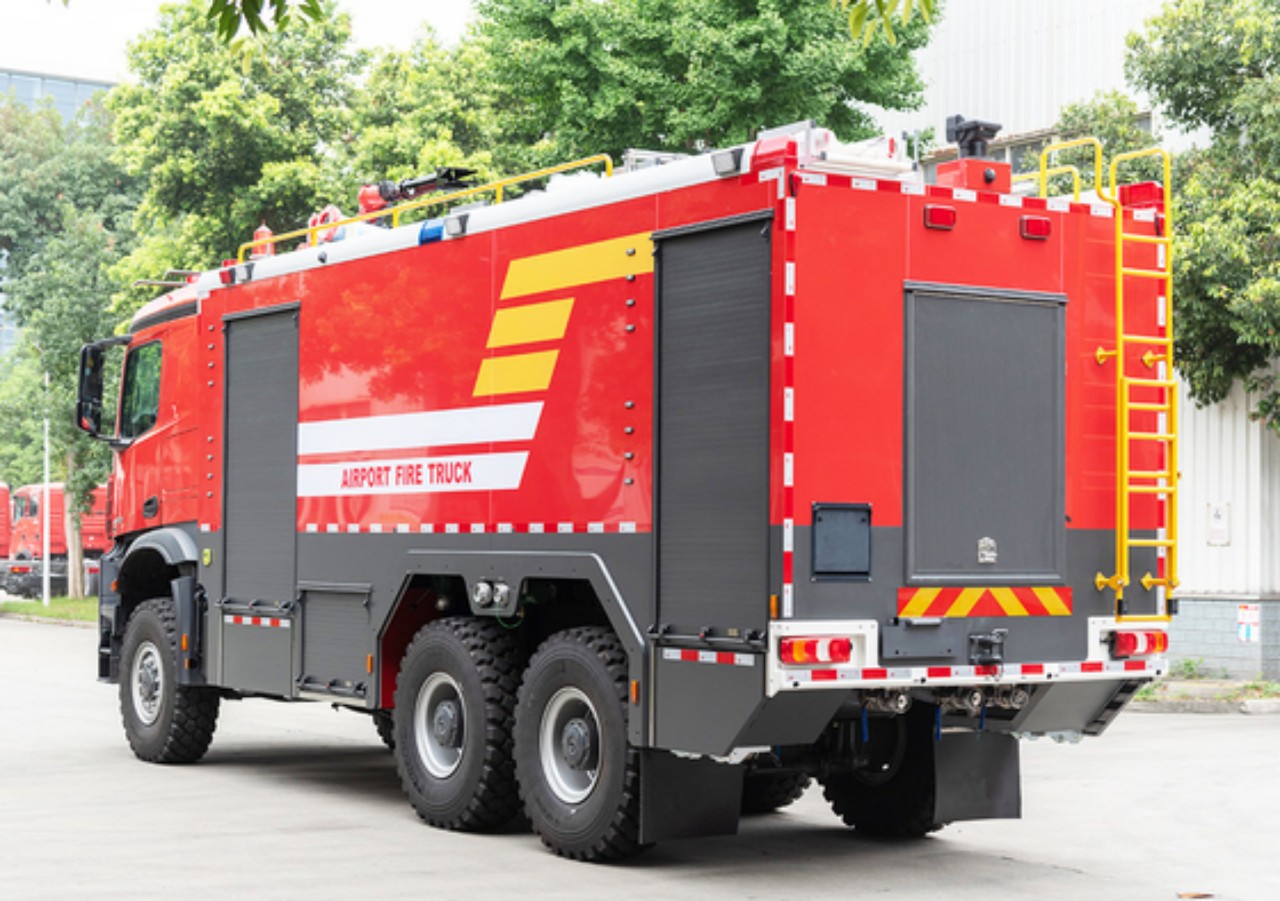
Regulatory Standards and Compliance
Several organizations regulate ARFF truck specifications to ensure performance and reliability:
- International Civil Aviation Organization (ICAO): Establishes global ARFF truck requirements for airports.
- Federal Aviation Administration (FAA): Sets ARFF truck regulations for U.S. airports based on ICAO standards.
- National Fire Protection Association (NFPA 414): Defines performance criteria for ARFF trucks.
- European Union Aviation Safety Agency (EASA): Regulates ARFF standards in Europe. Compliance with these standards ensures ARFF trucks meet safety requirements, response times, and firefighting efficiency.
Challenges in ARFF Operations
Despite their advanced capabilities, ARFF teams face challenges such as:
- Weather Conditions: Extreme heat, cold, or storms can hinder ARFF operations.
- Large Airport Coverage: Expansive airfields require efficient coordination to respond quickly.
- Aircraft Fuel Load: Modern aircraft carry massive amounts of fuel, increasing fire hazards.
- High Cost of ARFF Trucks: Specialized equipment and technology make ARFF trucks expensive to procure and maintain.
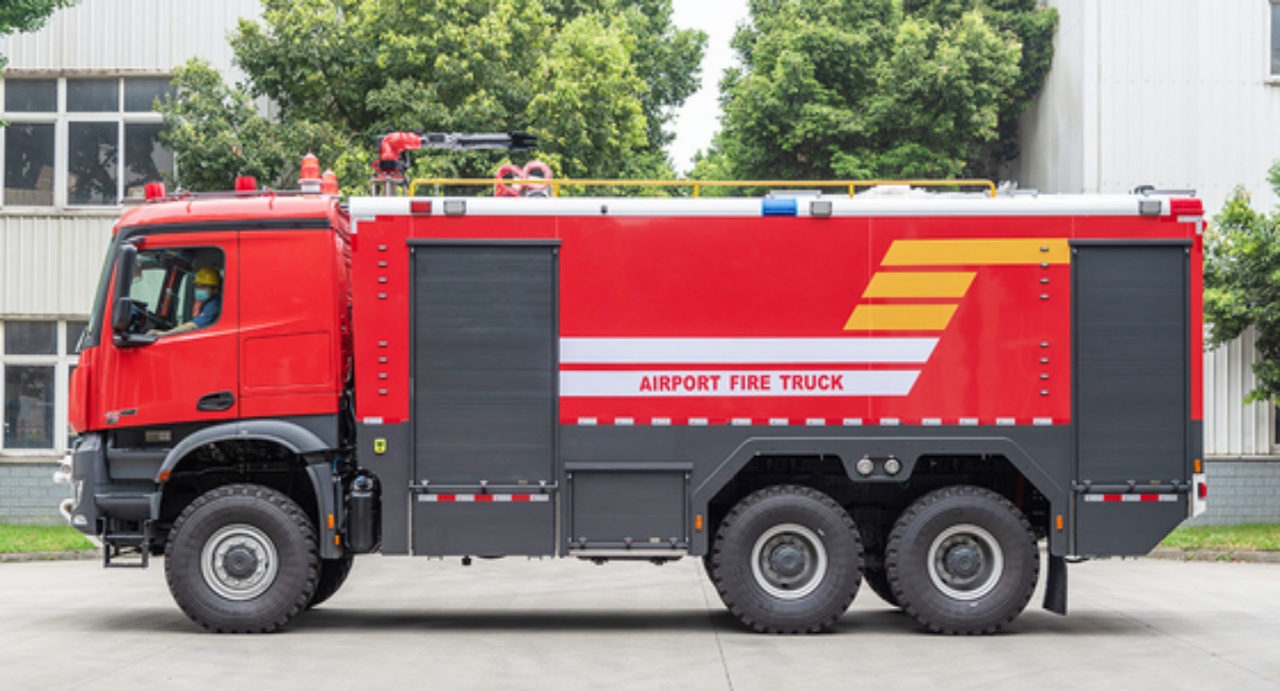
Future Trends in ARFF Truck Development
Advancements in firefighting technology continue to enhance ARFF truck capabilities. Emerging trends include:
- Electric and Hybrid ARFF Trucks: Reducing carbon emissions and improving fuel efficiency.
- Autonomous Firefighting Systems: AI-assisted navigation and suppression for quicker response times.
- Drones for Fire Assessment: Enhancing situational awareness before deploying firefighters.
- Improved Firefighting Agents: Environmentally friendly alternatives to traditional foam chemicals.
Conclusion
ARFF trucks are an indispensable component of airport fire safety, ensuring rapid response to aviation emergencies. Their specialized design, powerful fire suppression systems, and compliance with international safety standards make them critical in safeguarding passengers, aircraft, and airport infrastructure. As aviation technology advances, so too will ARFF trucks, incorporating innovations to enhance fire suppression, mobility, and rescue capabilities. Ensuring that airports are equipped with the latest ARFF technology remains a priority in maintaining global aviation safety.
